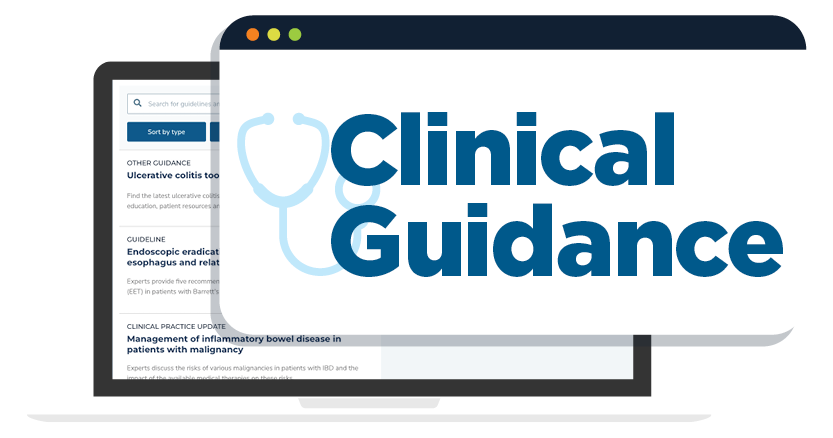1. Vasoactive drugs should be initiated as soon as the diagnosis of variceal hemorrhage is suspected or confirmed, preferably before diagnostic and/or therapeutic endoscopy.
2. After initial endoscopic hemostasis, vasoactive drugs should be continued for 2–5 days to prevent early re-bleeding.
3. Octreotide is the vasoactive drug of choice in the management of variceal hemorrhage based on its safety profile.
4. IV albumin should be administered at the time of large-volume (>5 L) paracentesis.
5. IV albumin may be considered in patients with SBP.
6. Albumin should not be used in patients (hospitalized or not) with cirrhosis and uncomplicated ascites.
7. Vasoconstrictors should not be used in the management of uncomplicated ascites, after large-volume paracentesis or in patients with SBP.
8. IV albumin is the volume expander of choice in hospitalized patients with cirrhosis and ascites presenting with AKI.
9. Vasoactive drugs (eg, terlipressin, norepinephrine, and combination of octreotide and midodrine) should be used in the treatment of HRS-AKI, but not in other forms of AKI in cirrhosis.
10. Terlipressin is the vasoactive drug of choice in the treatment of HRS-AKI and use of concurrent albumin can be considered when accounting for patient’s volume status.
11. Terlipressin treatment does not require intensive care unit monitoring and can be administered intravenously through a peripheral line.
12. Terlipressin use is contraindicated in patients with hypoxemia and in patients with ongoing coronary, peripheral, or mesenteric ischemia, and should be used with caution in patients with acute-on-chronic liver failure grade 3. The benefits may not outweigh the risks in patients with serum creatinine >5 mg/dL and in patients listed for transplantation with a Model for End-stage Liver Disease ≥35.












